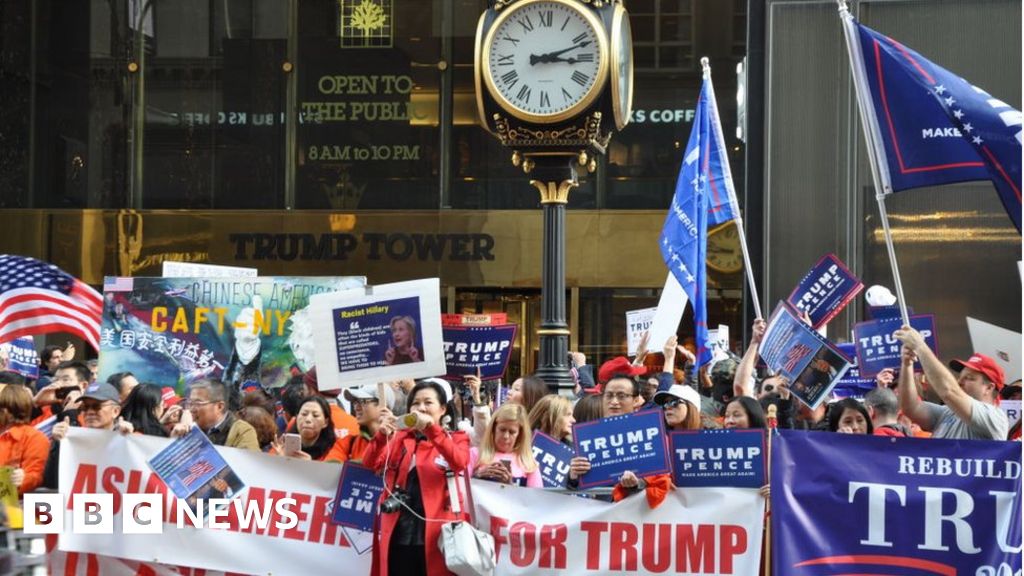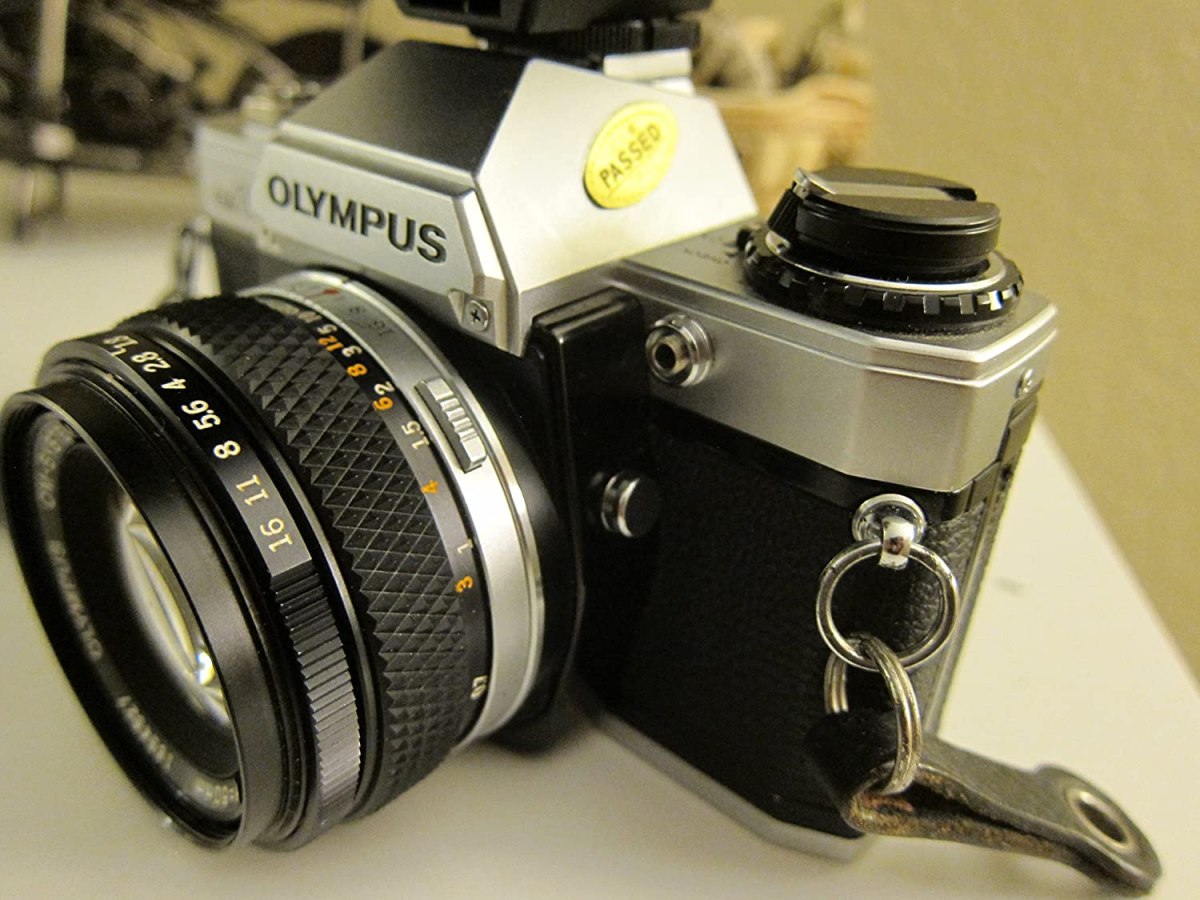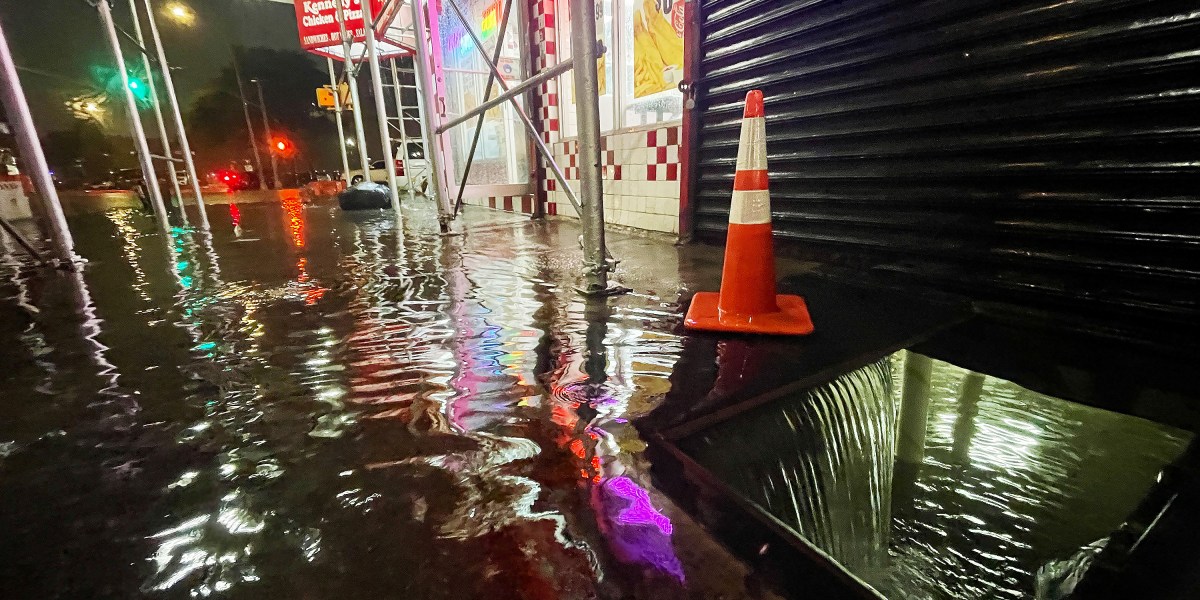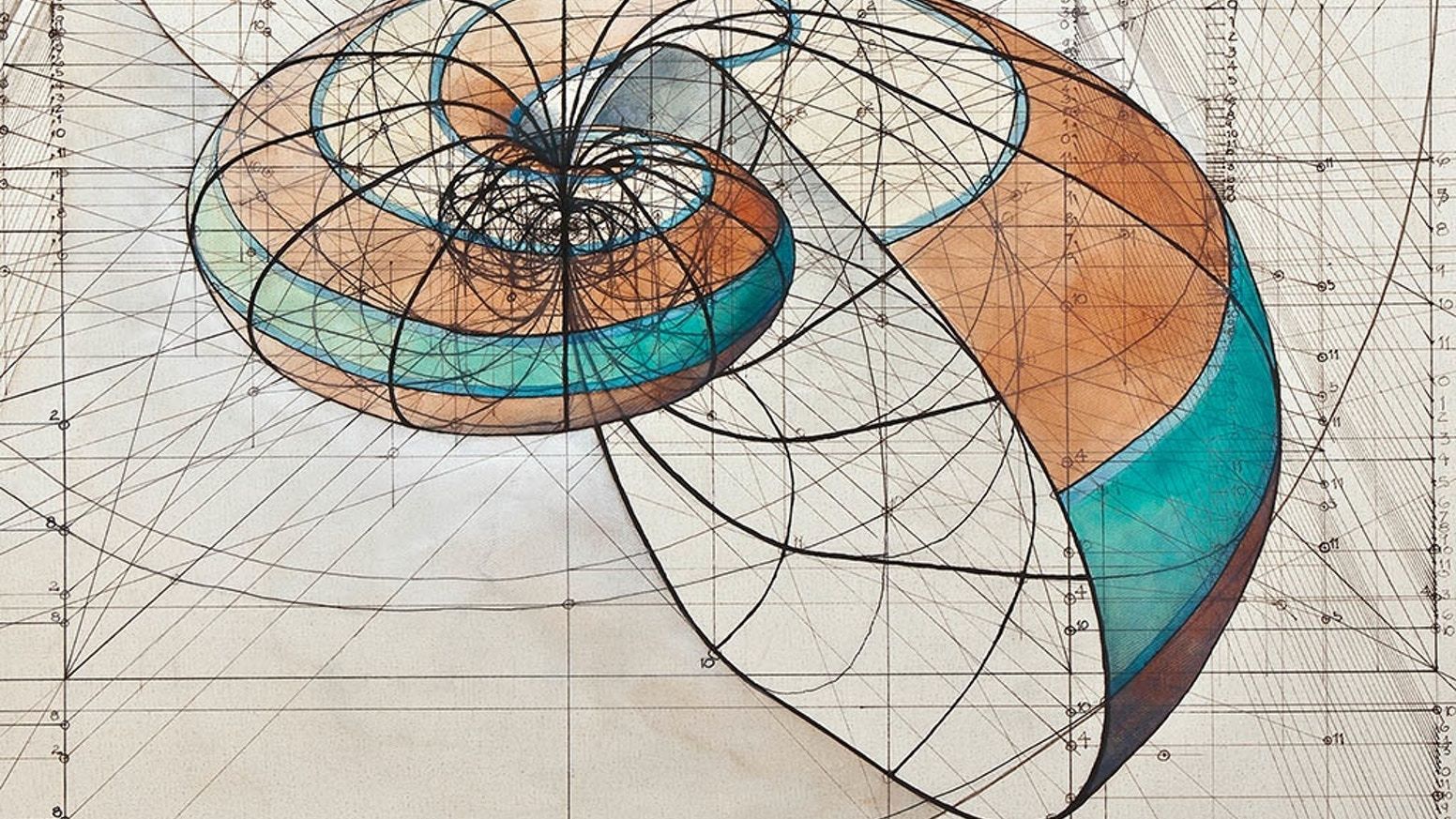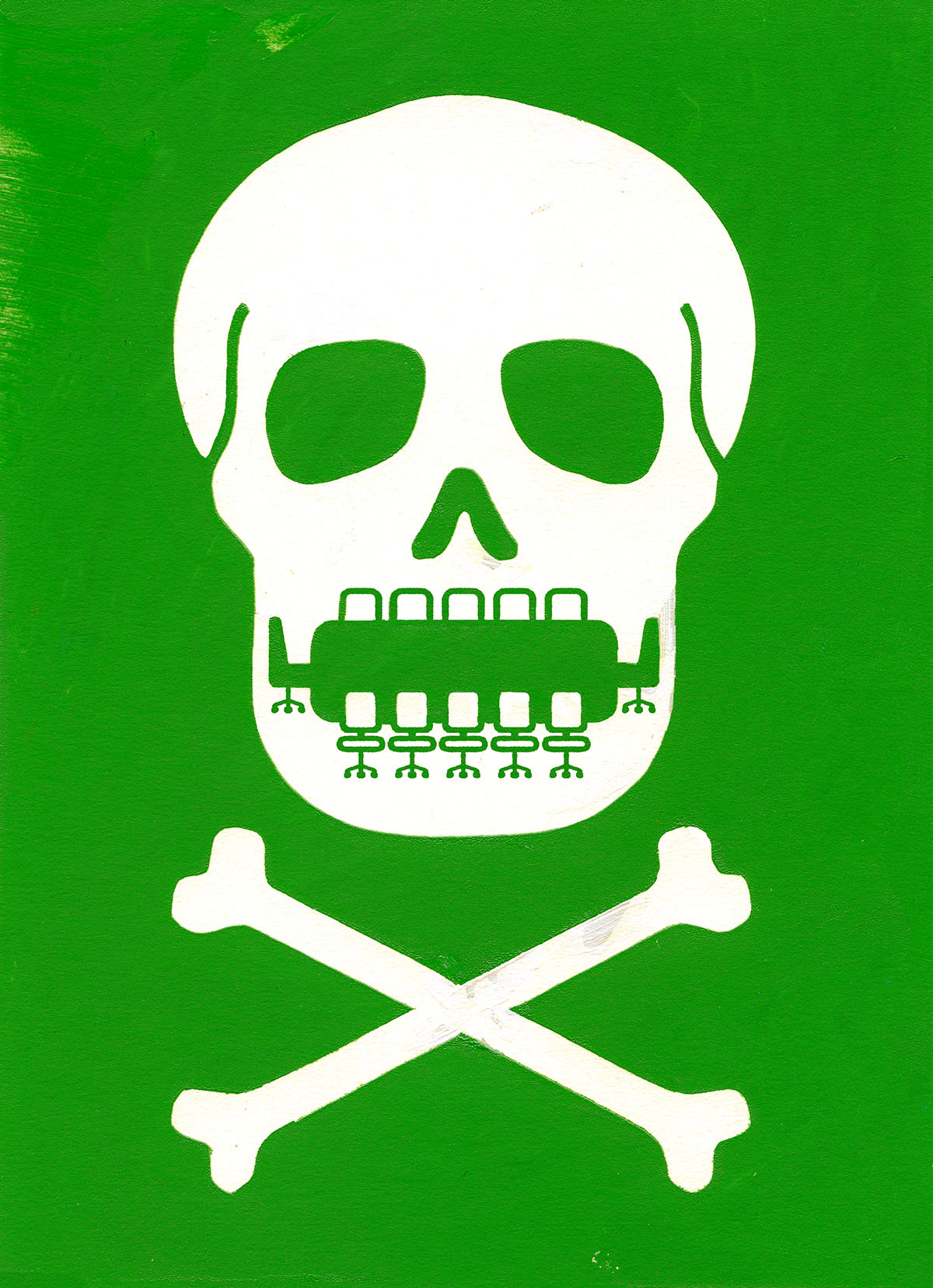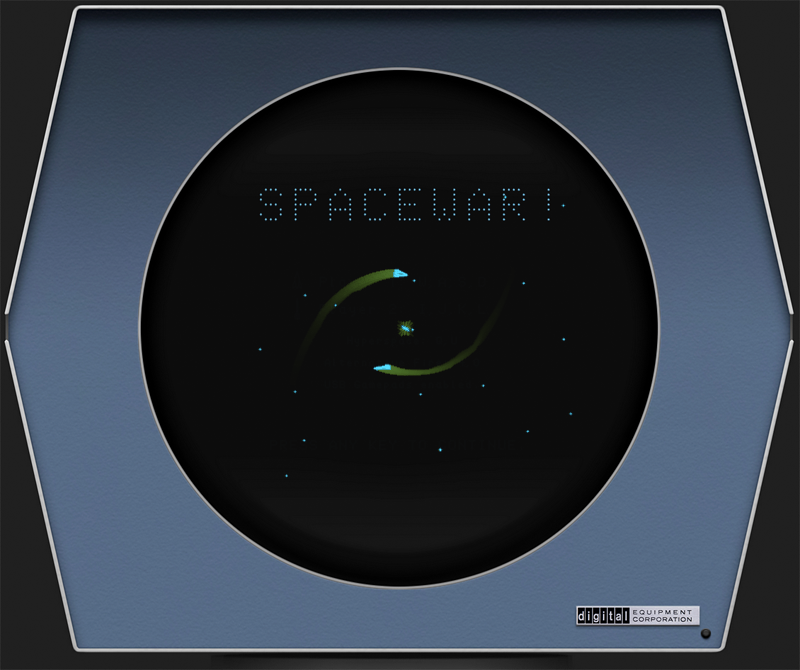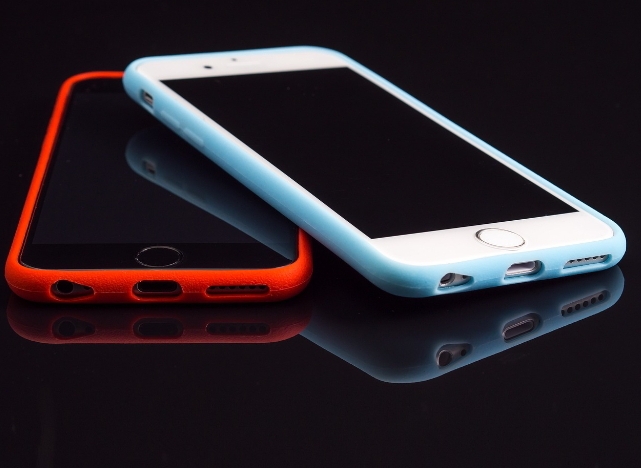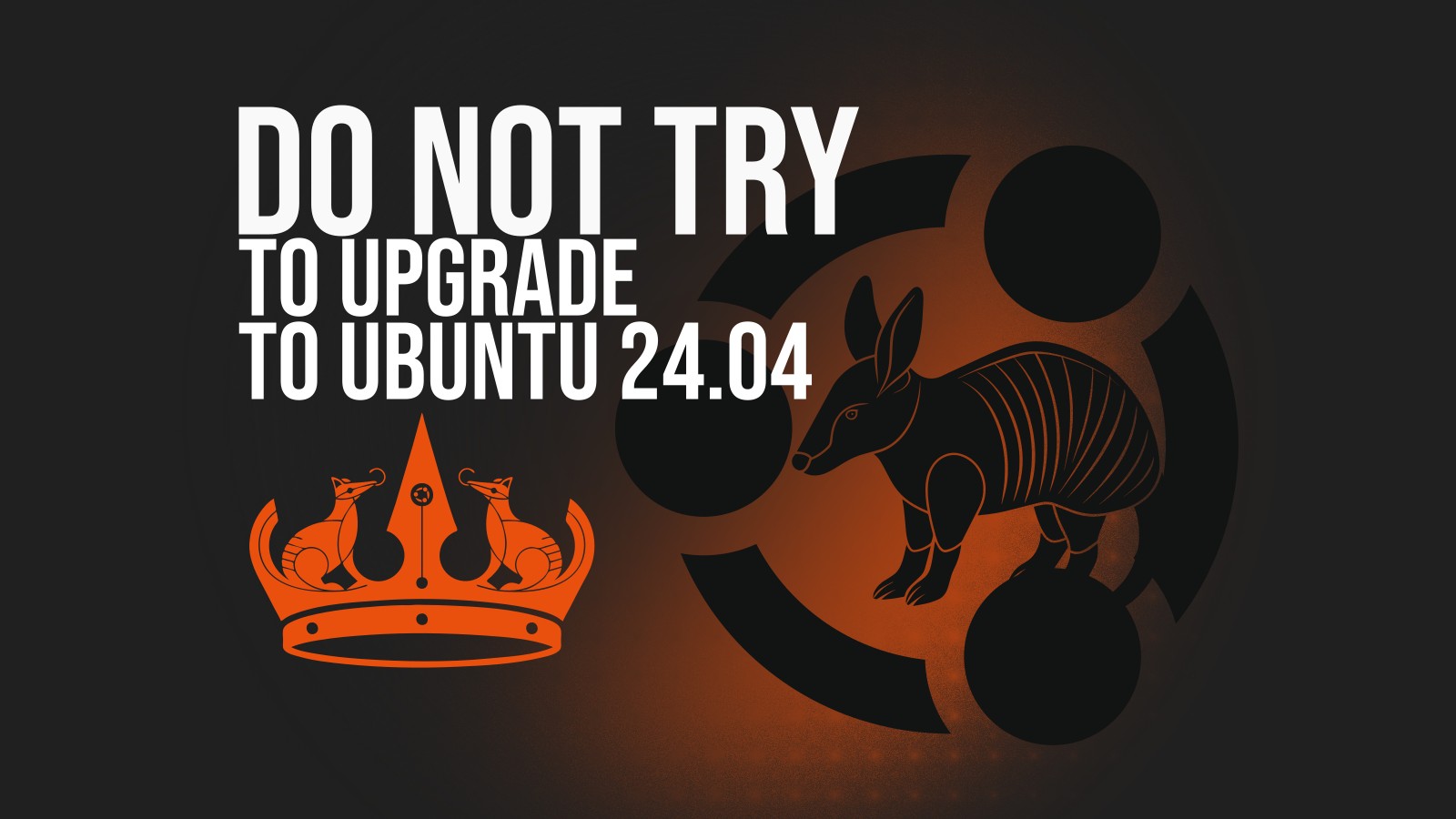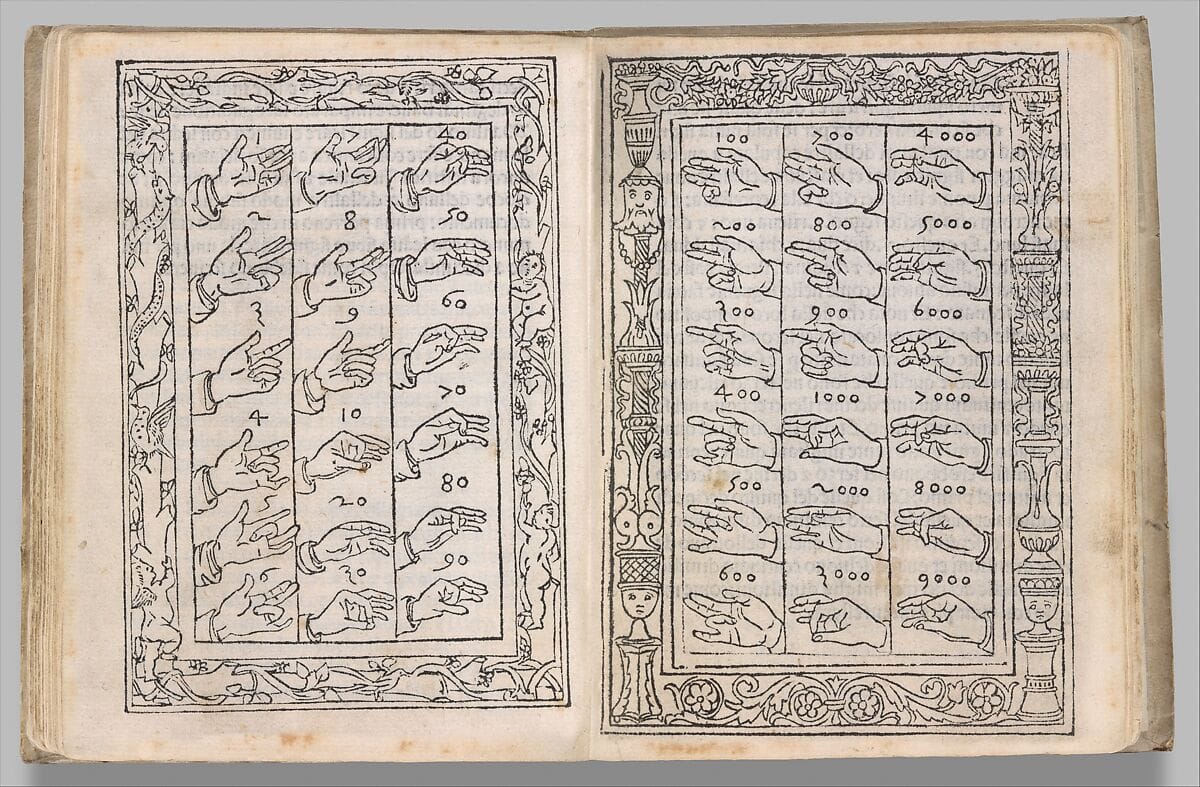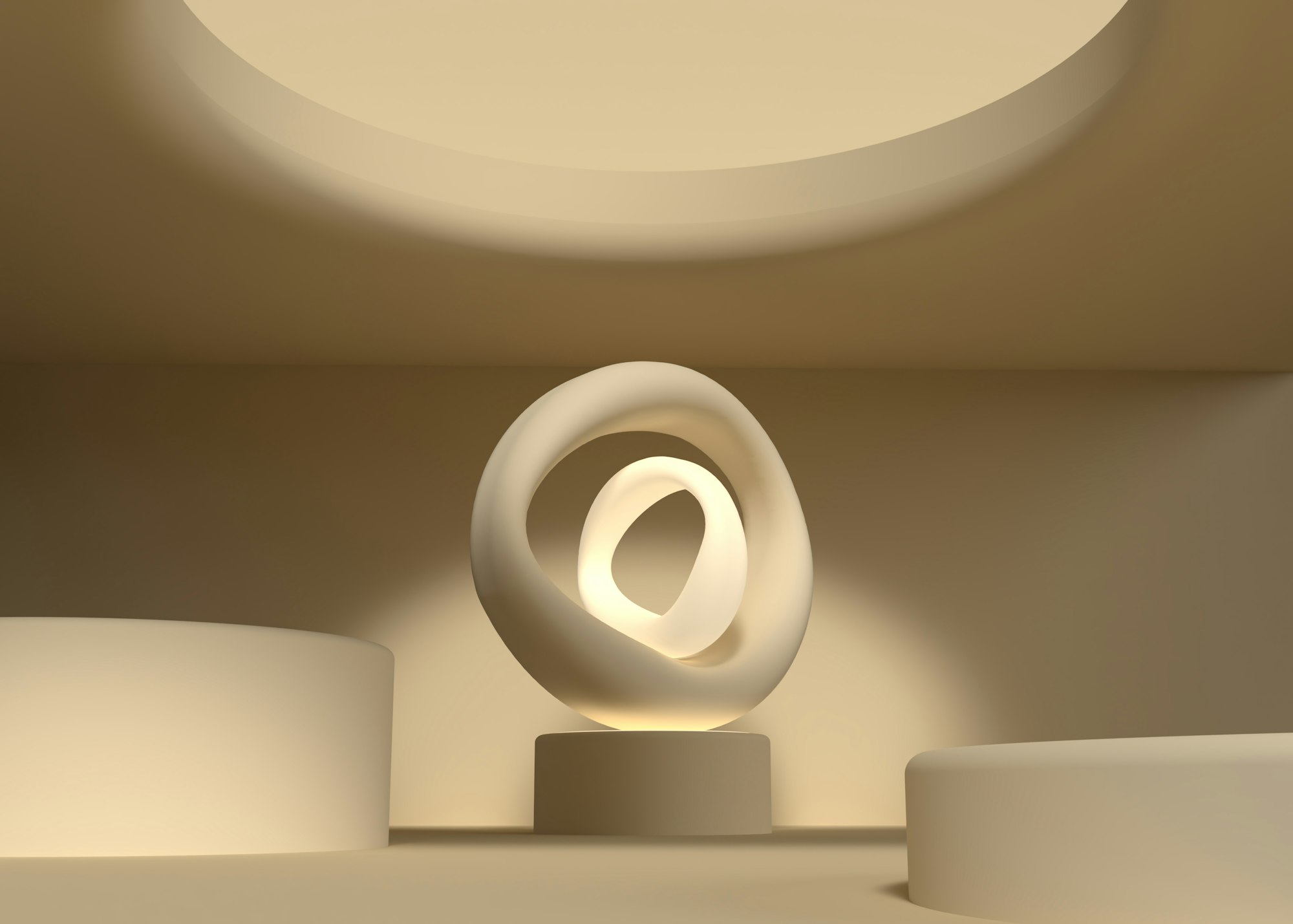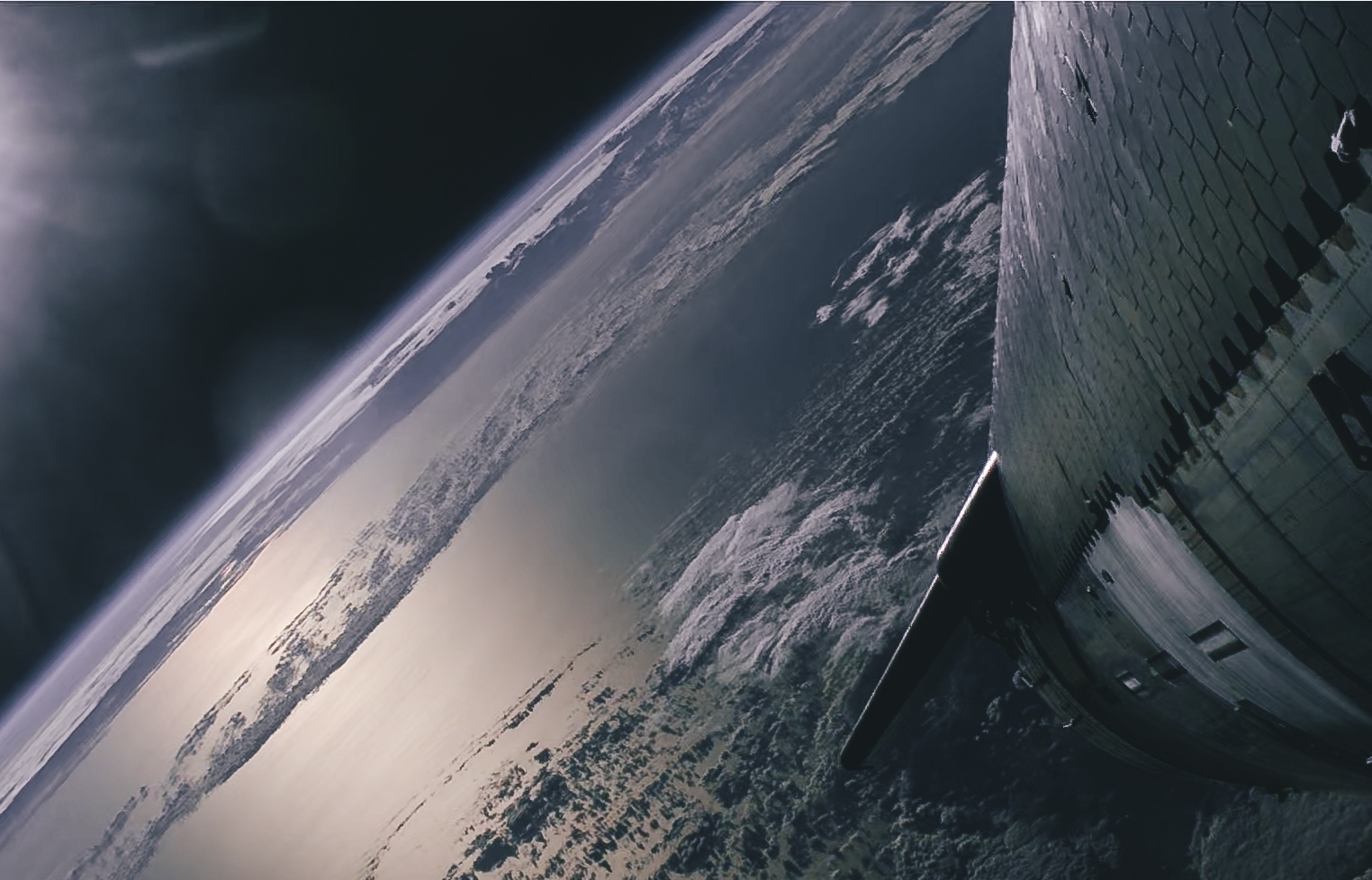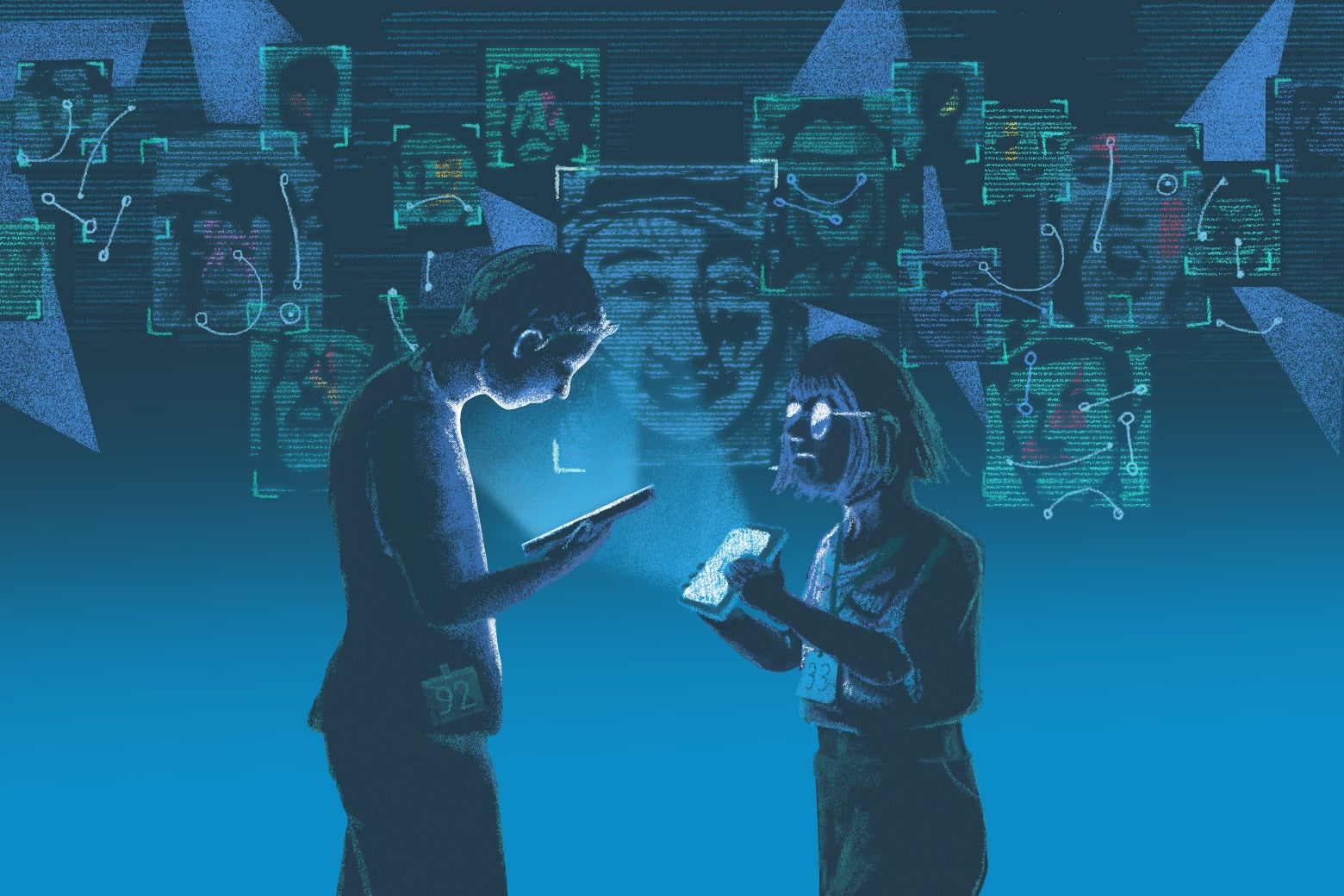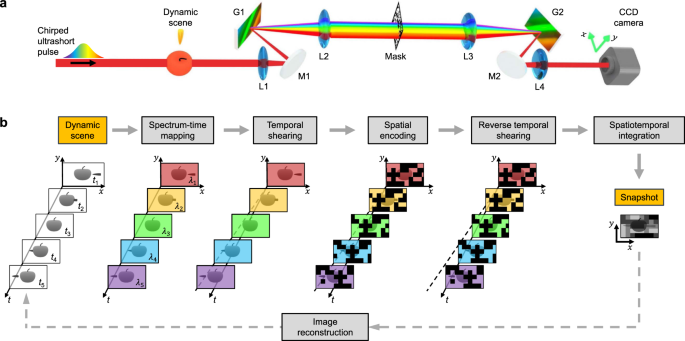
Swept coded aperture real-time femtophotography
Nature Communications volume 15, Article number: 1589 (2024 ) Cite this article
Single-shot real-time femtophotography is indispensable for imaging ultrafast dynamics during their times of occurrence. Despite their advantages over conventional multi-shot approaches, existing techniques confront restricted imaging speed or degraded data quality by the deployed optoelectronic devices and face challenges in the application scope and acquisition accuracy. They are also hindered by the limitations in the acquirable information imposed by the sensing models. Here, we overcome these challenges by developing swept coded aperture real-time femtophotography (SCARF). This computational imaging modality enables all-optical ultrafast sweeping of a static coded aperture during the recording of an ultrafast event, bringing full-sequence encoding of up to 156.3 THz to every pixel on a CCD camera. We demonstrate SCARF’s single-shot ultrafast imaging ability at tunable frame rates and spatial scales in both reflection and transmission modes. Using SCARF, we image ultrafast absorption in a semiconductor and ultrafast demagnetization of a metal alloy.
Since Abramson’s pioneering light-in-flight recording by holography1, imaging ultrafast events in real time (i.e., in the time duration of the event’s occurrence) has contributed to numerous studies in diverse scientific fields, including nuclear fusion2, photon transport in scattering media3, and radiative decay of molecules4. Because many of these ultrafast phenomena have timespans from femtoseconds to picoseconds, femtophotography—recording two-dimensional (2D) spatial information at trillions of frames per second (Tfps)—is indispensable for clearly resolving their spatiotemporal details5. Currently, femtophotography is mostly realized by using multi-shot approaches6. In data acquisition, each measurement captures a temporal slice by time gating7,8, a spatiotemporal slice using ultrafast devices9,10, or a certain number of time-stamped events using photon-counting cameras11,12. Then, repetitive measurements (with certain auxiliaries, such as temporal or spatial scanning) are performed to construct a movie. However, these methods require the dynamic events under observation to be precisely reproducible, which renders them incapable of studying non-repeatable or difficult-to-reproduce ultrafast phenomena, such as femtosecond laser ablation13, shock-wave interaction with living cells14, and optical chaos15.
